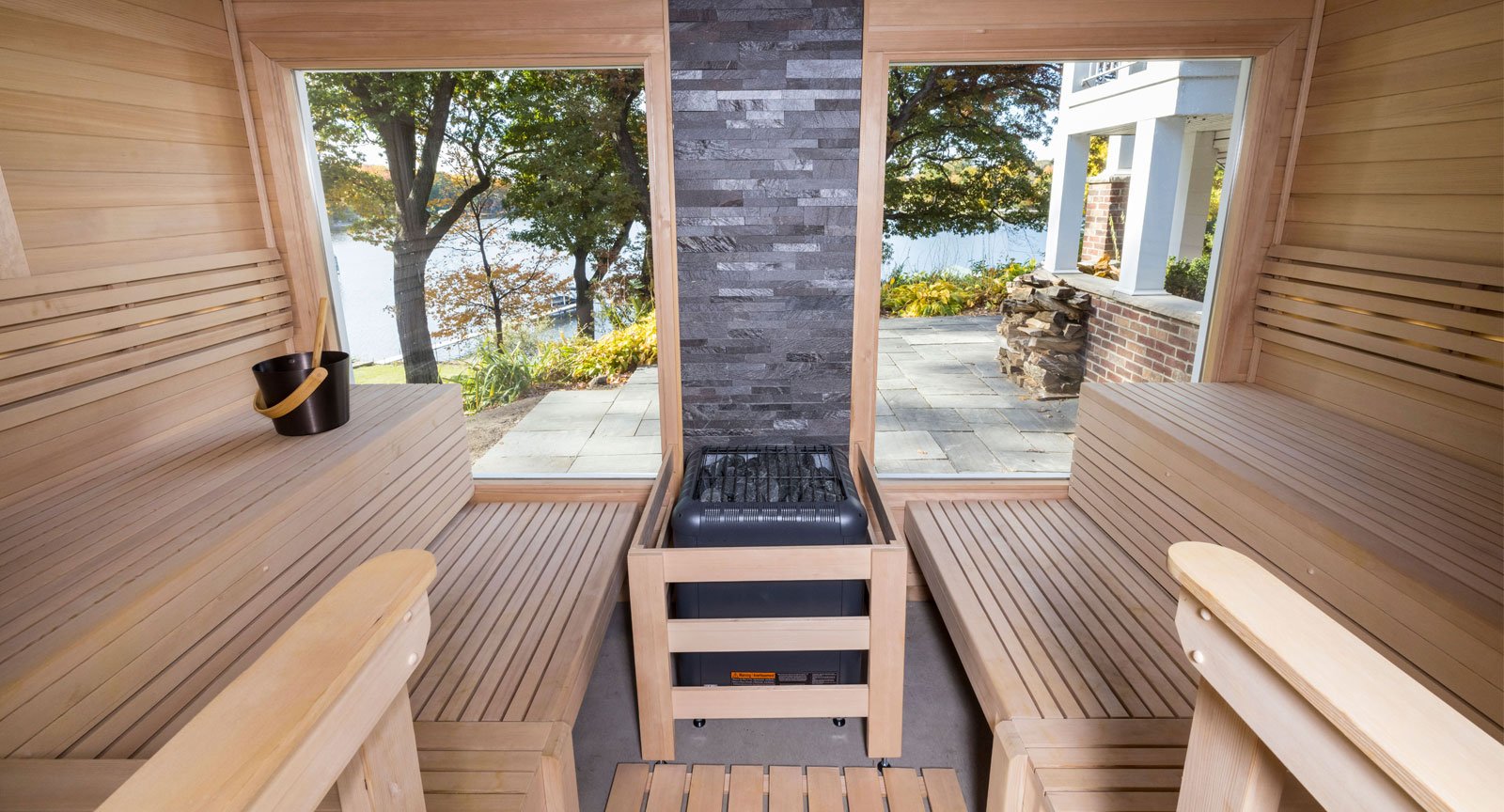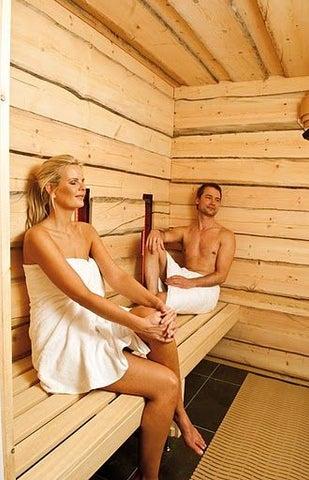Not known Facts About Traditional Sauna
Not known Facts About Traditional Sauna
Blog Article
The Basic Principles Of Traditional Sauna
Table of Contents5 Simple Techniques For Traditional SaunaThe Ultimate Guide To Traditional SaunaThe Best Guide To Traditional SaunaWhat Does Traditional Sauna Do?Getting My Traditional Sauna To Work
The majority of the weight lost in a sauna is water loss and is re-gained upon rehydrating. Nonetheless, undeniably sauna can be a vital part of a healthy weight-loss program. To take a look at the differences between traditional and IR saunas, I will separate these into proven, theoretical, and fabricated differences.Hence, the most popular point in the saunawhich goes to the ceiling directly over the sauna heateris normally between 185 and 190 F. Claims that a traditional sauna exceeds 200 F is just not true and not suitable for electric saunas sold in the United States. The temperature level for a far-infrared sauna is generally established in between 120 and 140 F; nevertheless, unlike the traditional sauna, the goal in and IR space is not to accomplish a high temperature level.
Due to this, the temperature level distinction is almost irrelevant, since profuse sweating causes both sauna kinds, however the approach of heating up the body is various. In an IR sauna the bather will certainly feel warm and will certainly sweat a lot, but at a lot lower temperatures. Traditional Sauna. Thus, if the objective is to invest longer periods of time in the sauna, the IR sauna is an excellent option

Everything about Traditional Sauna

When the heat is achieved, the elements cycle on and off to maintain the heat. Traditional Sauna. Many typical sauna users enjoy pouring water over the rocks to develop heavy steam to raise sauna moisture degrees. The advantages of putting water over the rocks include: making the space more comfy, moistening the nasal passages, and enabling the usage of aromatherapy by mixing necessary oils with the water
In a far-infrared sauna, the warm front permeate the body to properly heat up the body and increase the body core temperature level. To achieve this raised temperature level, Far-infrared emitters produce infrared power which is close to the exact same wavelength as that which the body naturally emitsoften described as the "Vital Variety" of 7 to 14 microns), so the energy is well gotten by the body.
When the energy enters the body, it triggers the body temperature level to increase and inevitably results in sweating. In an infrared sauna it's essential for the emitters/heaters to continue to be on practically regularly. Since there is no mass of rocks to retain warmth, the sauna will cool if the emitters shut off.
Traditional Sauna - An Overview
As discussed over, the sauna bather in an infrared area intends to position himself in front of operating emitters to get optimal take advantage of the warmth. The home heating time for the two rooms can be very various, relying on just how the rooms are utilized. For a traditional sauna, a bather needs to permit 30-40 minutes for the space to achieve a desired temperature and to effectively pre-heat the rocks.
A well built sauna will typically attain a temperature of 150-160 F in about 30-40 minutes. For hotter temperature levels, the space might require to warmth for a longer period. When the area accomplishes established temperature level, the heating unit will go to my site cycle on and off, normally running regarding 50% of the moment. The insulated walls and the warmed rocks will keep the space warm and at secure temperatures.

Conventional saunas tend to be larger (therefore make use of more electrical power) than infrared saunas, although traditional saunas are certainly available in one and 2 individual dimensions too. For a two-person standard sauna, 5x6 or 5x7 size is most prominent. The top bench can pleasantly seat 2 or three people and is additionally enough time to lie down throughout the sauna session.
The Definitive Guide to Traditional Sauna
The typical cost per kWH of electrical energy in the U.S. is roughly $0.11 - Traditional Sauna, so a 4.5 kW heater will certainly cost roughly $.50 to run for one hour, if the heating unit runs continually for one hour. Generally a sauna heater will run for 75% of the initial hour and 50% of subsequent hours on considering that the components cycle once the established temperature level is achieved
A 2 individual far-infrared room is generally literally smaller sized than a standard sauna, often concerning 4' x 4' or smaller. The IR heating unit is typically 1.5-1.7 kW utilizing a 120 volt 15 amp plug-in solution. Because the space can be made use of quicker than a sauna room, we will certainly assume the room is utilized for to of an hour consisting of warmth up time.
There is a seldom gone over difference in the social experience in between the two rooms. While our culture has lost several of the social benefit of the conventional sauna experience, it can be extremely socially fulfilling. From family members time in the sauna, to heart-felt conversations with better halves, to sauna partiesthe standard sauna experience can bring about intimate socializing.
The Single Strategy To Use For Traditional Sauna
The majority of greater end infrared rooms include colored light treatment, stereo and full-glass fronts. The click for source dimension of many spaces permit 2 people to comfortably make use of the area, while some styles may allow for a third or fourth person to make use of the area. Custom infrared spaces are also readily available, with space sizes available as much as 7' x 8' x 7' high.
Report this page